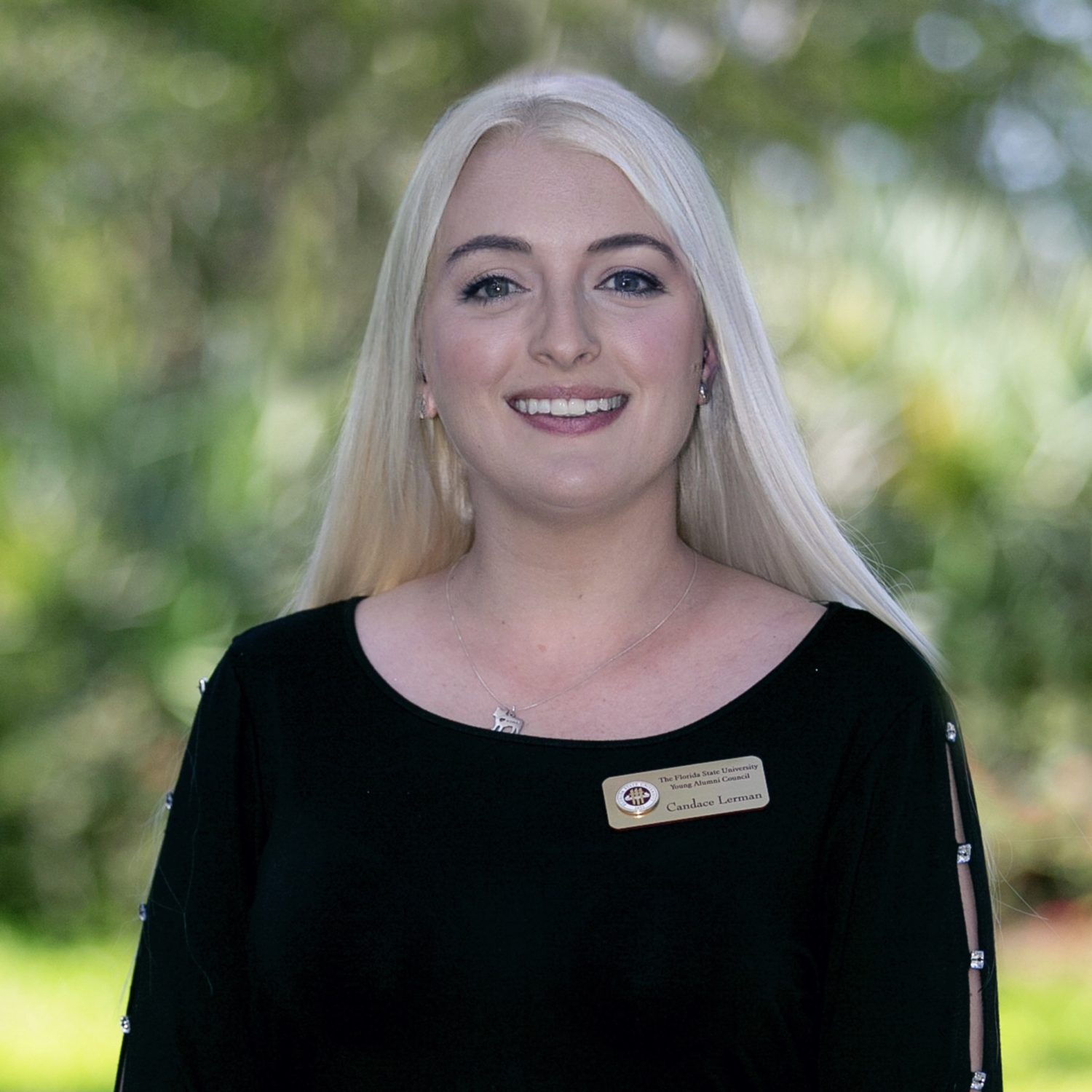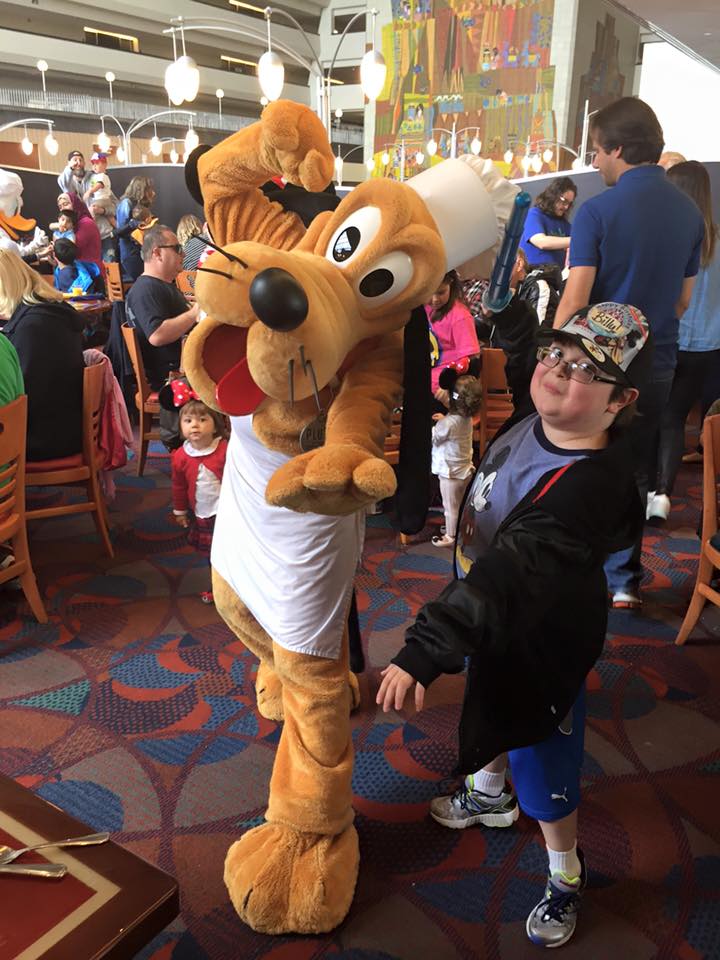In light of the news coming out from NurOwn this morning, it’s clear that the rare disease community needs a wake up call.
NurOwn has shown great results in ALS patients with less-advanced disease. It’s important to note that disease progression for any condition varies from patient to patient. In addition, patients with more advanced ALS were also included in the trial. So the varying disease states absolutely play a role in how the data appears at the end of the trial. But instead of looking at the overall picture, why are we not looking closely at the group that had a “statistically significant” response to NurOwn?
The rare disease community needs to stop thinking there is a “one size fits all” approach to drug development. We always complain about Pharma silos, and how it’s so hard to work with industry. Well, it’s hard to work with patient groups and the rare disease community, too. We create silos, letting our rare brothers and sisters fight alone.
ENOUGH.
I can tell you from personal experience that advocacy groups who think this way end up hurting patients. A decision made in the mid-2000s on Rituxan still hurts myself and other patients like me. I do not have guaranteed access to my chemotherapy drug that stops my immune system from killing my platelets. It is an “off-label” therapy, which means my doctor, the hospital that administers it, and my insurance company all have to agree to dispense it.
All of this could have been prevented by conducting a clinical trial and working on identifying the ITP patients who would likely respond (something I did myself in 2014 when I made the decision to use the therapy). However, that did not happen. Why? Since not ALL Immune Thrombocytopenia patients responded, no one felt it was a worthy endeavor. It left patients like me to struggle and fight based on an arbitrary assessment from industry and a patient group that was suppose to represent every ITP patient. They didn’t represent all of us, people like me were left out. We are hurt by this mistaken belief that drugs to treat our rare diseases are only worthy under a “one size fits all” approach.
The “data” and “charts” looking at Rituxan use in ITP patients wouldn’t look good if you looked at EVERYONE who was given the drug. But if you looked at the patients who fit certain criteria, you would see an AMAZING response with a certain group of ITP patients. That’s where we are with ALS right now, and it’s where we will be in the months/years to come as more orphan drugs go through the FDA. You can’t just read the headlines of an article about clinical trial data to get the total picture. Unfortunately, this happens in disease groups and people quickly dismiss promising therapies. It has to stop, the rare disease community is better than this.
I sincerely hope the ALS community pushes for approval of NurOwn and applies pressure to the FDA.
I look forward to lending my voice to this fight, because all rare diseases need to support each other.

